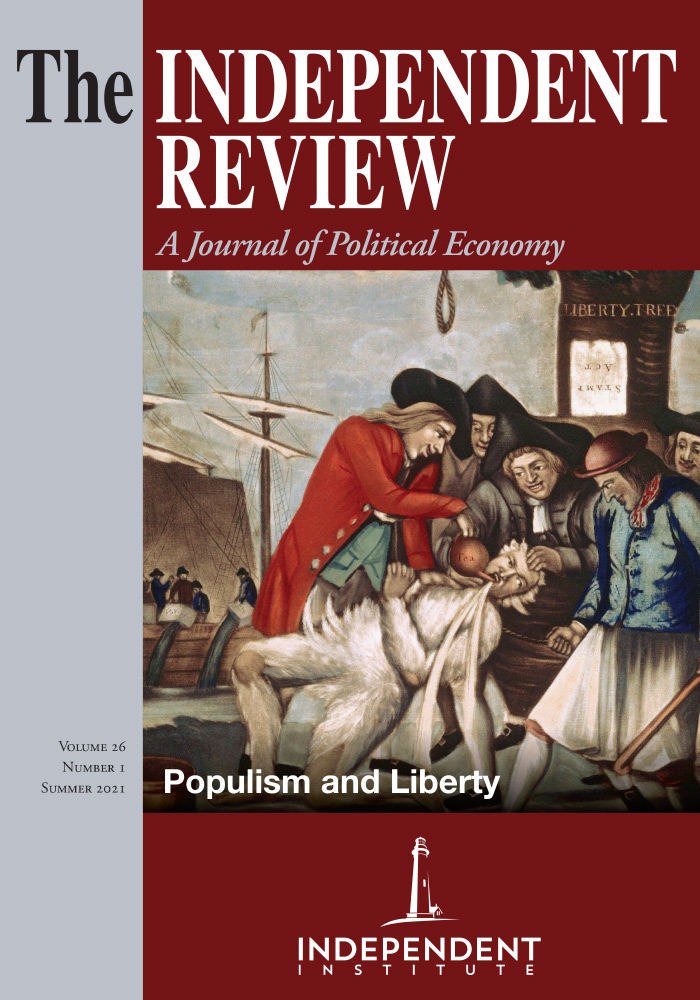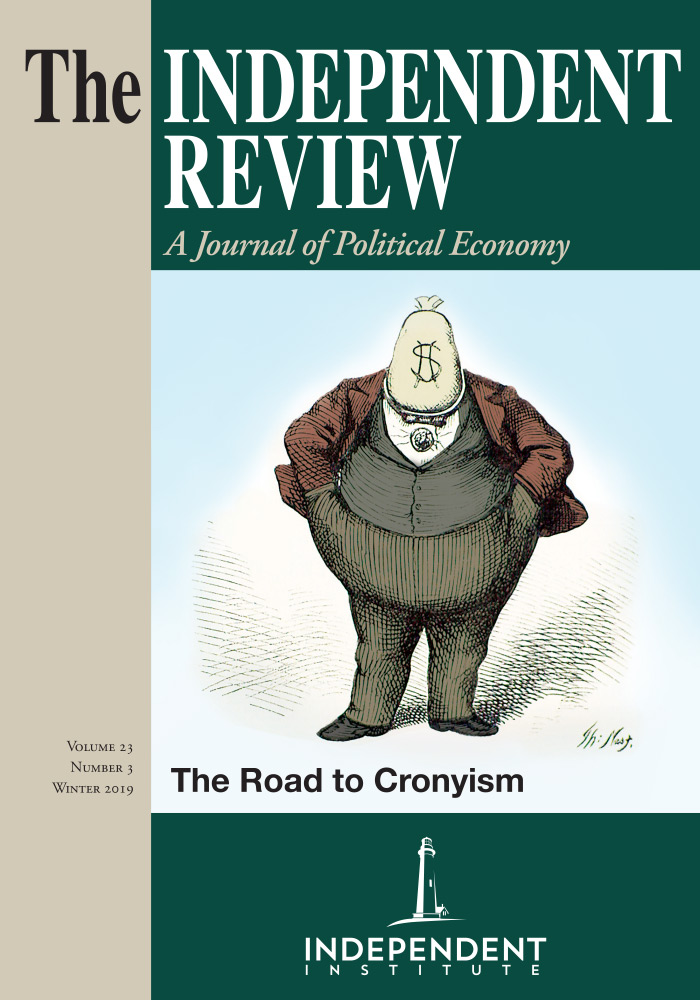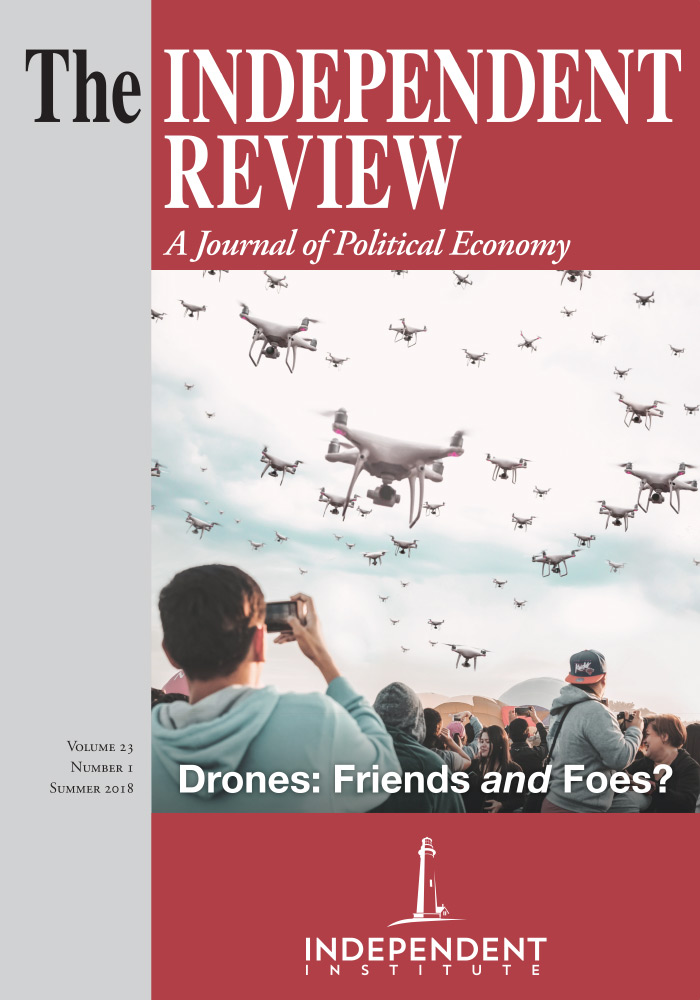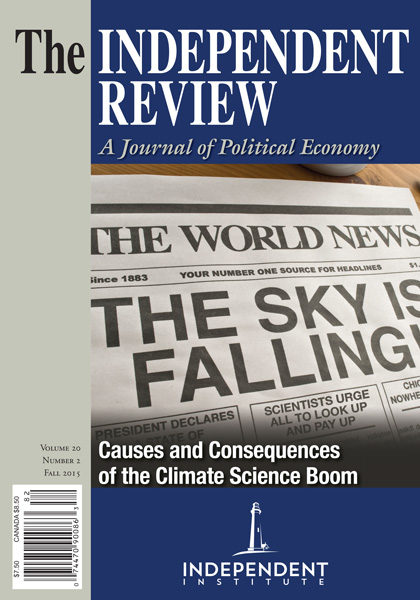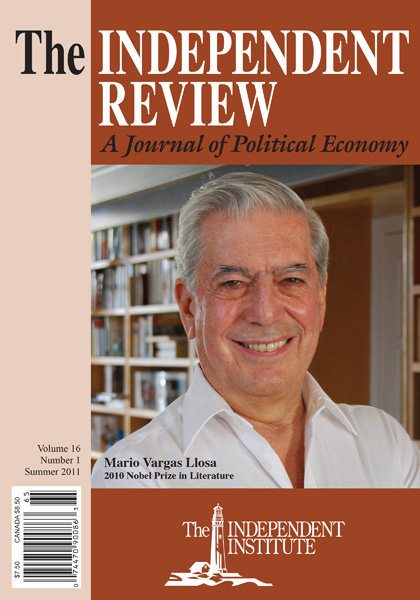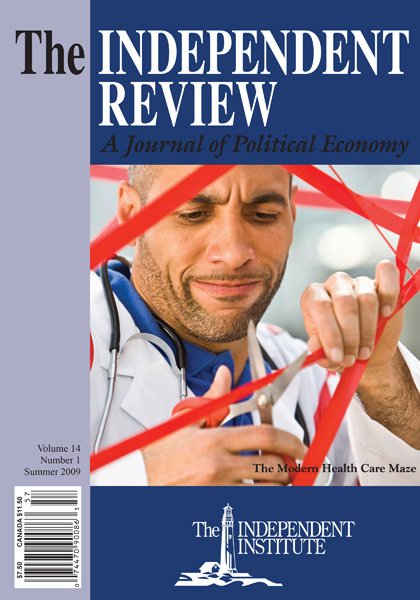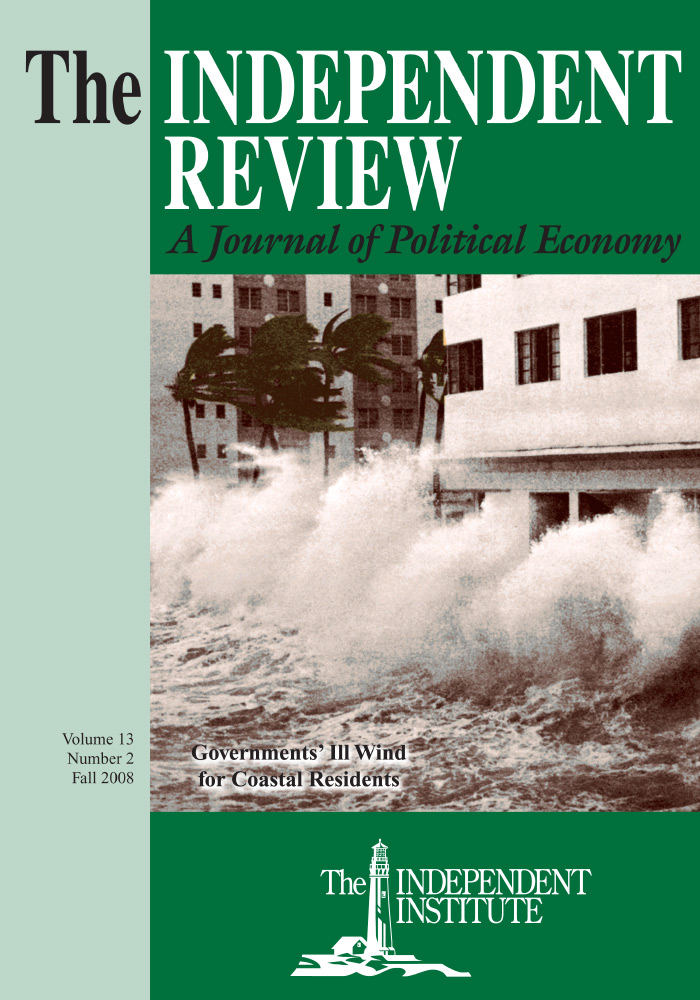All too often what is presented to us as news comes with an unacknowledged supplement of evaluative editorialization.
The English language famously affords a rich and varied cornucopia of verbal resources for the formulation of thought so that what is said by its means generally admits of a varied array of subtextual implications. And this holds as much with factual reportage as elsewhere.
Let it be, for example, that Smith accepts something to be the case. One can say that he fervently believed it, which is neutral as regards the truth of that target belief, or that he convinced himself that it is so, which strongly suggests that it isn’t; or we can say that he realized it, which endorses its factuality. The same condition (Smith’s firm acceptance) can be suggestively cast with endorsement, denial, or neutrality depending on just how the matter is put. My supporter is a “friend,” his is a “crony.” My guess is a “reasonable suggestion,” his is an “unproved conjecture.” This sort of thing is the basis of extensive jesting, but there is a real point to it.
It is instructive to read what purports to be factual reportage in the light of what might be called Alternative Formulation Analysis, which proceeds by asking: How else would the point being made possibly have been worded? Is what purports to be an informative reportage of facts actually not simply this, but the bearer of an editorializing recommendation for the adoption of a particular attitude? What we are thus presented with in place of informative reportage comes with the superposition of editorializing varnish. With surprising frequency this is quite enlightening about what actually happens in much of the journalistic practice of the day.
Illustrations of this phenomenon are readily drawn from the front page of the New York Times, a vehicle which vaunts itself on the unvarnished presentation of facts.
“President Pushes Economic Stimulus Measure” is emphatically not how the Times headlined its front page reportage on the coronavirus response bill. Instead it printed the biblically allusive “Champion of the Middle Class Responds to the Pain of the Poor” (3/11/21). (And in discussing someone who eluded COVID in a jail where others succumbed, we read (front page: 2/28/21): “Ms. James escaped infection, but whether she should have been in prison at all remains a pressing question” (emphasis added). Now consider two alternatives with respect to the italicized wording.
(1) “Whether she should have been imprisoned is questionable.”
(2) “Her imprisonment is questioned by some.”
While alternative (1) still questions the validity of the imprisonment, (2) leaves it an open issue. And the “pressing” of the original is pure editorialization: If, as reported she escaped infection, her exposure is no longer a pressing issue. And in any case, the justice of her treatment is irrelevant to the issue—the excessive frequency of COVID in New York’s prisons.
The lesson of such examples is clear. What is supposedly factual reportage is frequently presented to us with an undeniable coat of editorializing varnish. The events are reported, alright, but their formulation proceeds in a way that embodies a suggestive coloring or implication that these facts should be construed in one particular way rather than another. It is not a matter of “Here are the uncontested facts, make of them what you will,” but rather one of “make of them what we would have you do.”
Good reportage should, of course, be just that—reportage. It should tell us what happened and its how and why, without enjoining us to view this as welcome or unwelcome, good or bad, positive or negative, but leaving all such evaluations as “an exercise for the reader.” The policeman protagonist of a once-popular television drama insistently instructed his interviewees with the reminder “Just the facts, ma’am.” One is often tempted to present newspaper reporters with the same instructions.
Just what is wrong with the editorialization of reportage? Principally three things:
- It is hypocritical—at any rate with any reporting that purports to present unvarnished information.
- It is unethical on those occasions claimed to present facts rather than promulgate opinion.
- It is demeaning towards its addressees in preempting their assessments and failing to credit them with the competence to make sensible evaluation of the facts on their own.
Responsible reportage should credit its recipients with the capacity to make their own evaluation of the facts.
| Other Independent Review articles by Nicholas Rescher | |
| Winter 2017/18 | Early RAND as a Talent Incubator: An Extraordinary Experiment |
| Fall 2017 | Realism about Political Philosophy |
| Winter 2014/15 | The Case for Cautious Conservatism |

